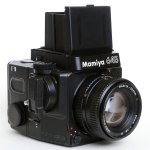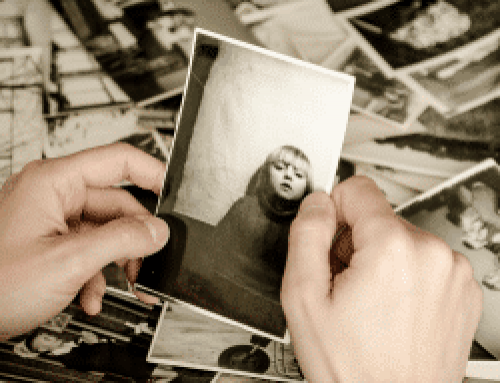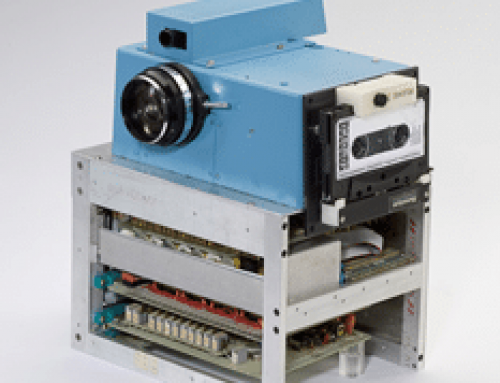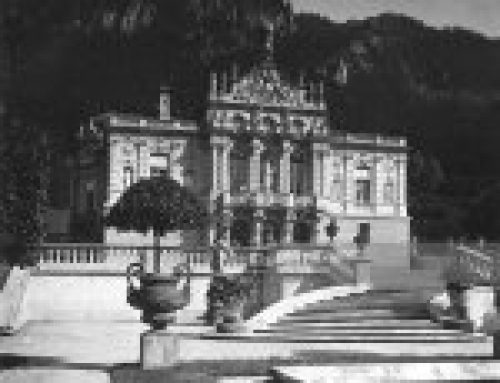Introduction
For the last decades a question frequently came up which split the photo community in two: Analog or Digital?
It is undeniable that, digital photography conquered the market by storm and a lot of professionals and amateurs jumped on the bandwagon to make use of the many advantages digital devices offer. However, in the recent years analog photography regained some of its popularity and photographers got interested in tinkering with the technology of the past.
In the following paragraphs we will explain the differences of analog and digital photography as well as pointing out advantages and disadvantages.
Costs
Money is always an essential factor in the decision making process. In general it can be said that, digital photography has a higher initial cost which is related to the expenses on the technology. In addition, further upgrades in the future might be necessary or desired. However, if you are impatient and want to see your photos immediately without being compromised by limited storage space or waiting time, there is no better option than digital devices.
Analog photography on the other hand requires fewer investments in advance. Even though the older camera models are rarely produced they are less expensive than its digital counterparts. This has nothing to do with the missing technology in the device itself: Analog cameras are lacking features which help to make pictures look great with features like the automatic adjustment of ISO or White balance. Despite the lower initial cost of the device, analog photographers have to invest more money in film rolls and development of these rolls.
Storage and sharing
Another factor to be considered is the way you want to interact with the results of your photo sessions in terms of sharing and storage.
Sharing digital images is rather easy: transfer the data from the camera to your computer and the only thing you need to share the pictures is a working internet connection or a USB stick. Storing the image files is not much more difficult than the previous process. The most common way is to store them on your hard drive on a computer. Unfortunately, these containers are not always the safest method and we all know that malfunctions of electronic devices can happen at any time. Another way would be to upload the files to a cloud like Dropbox. This has the benefit of being able to access the files from almost anywhere and also protects them from being erased by technical malfunction.
Sharing of negatives and developed pictures is not as easy as the digital counterpart. Due to their tangible form they have to be sent or given to someone personally which makes this endeavor a little bit more time intensive. At least as long as you do not want to invest in a photo scanner, which will further increase the expenditures. Storing on the other side requires physical space which is limited for the majority of us. However, under the right conditions most negatives can survive 40 to 50 years and are not prone to be erased by technical malfunction or a bored computer hacker.
Resolution
Every photographer is striving for the best quality of their photos. An extremely essential factor is the resolution. Digital images are measured in pixel. The higher the number, the higher the amount of independent pixels in a given area and the more detailed the original picture can be displayed.
The resolution of film can be described with the term of spatial resolution. This describes the capabilities of the camera to distinguish small details of an object. It is measured in resolving power and based on a complex mathematical formula revolving around wavelength of light and diameter of the lens aperture. For a very detailed comparison of both factors we recommend to look at the analysis of Roger N. Clark. This analysis compares the two different measurement methods and shows in detail, which kind of film equals how many megapixels.
Just to give a small example: apparently a larger film formats as the Film Fuji Velvia 50 (4×5 inches) is able to capture a 220MP (megapixel) photograph, even after it has been scanned digitally.
White Balance
As mentioned beforehand, one of the features of a digital camera is the fact that, it is possible to automatically adjust the white balance of the film. Furthermore, if you are already familiar with this setting you can manually configure this setting to maximize the quality of your results.
On the other hand we have analog photography which has a rather limited amount of configuration in terms of white balance. Most of the time there is not even a possibility to adjust this setting. The white balance of the film is preset and the most used presets are: daylight balanced and tungsten balanced. The easiest way to correct the white balance is to do it digitally with editing software after the analog pictures have been scanned.
ISO
Working in low light conditions might be very challenging. However, the automatic feature included in most digital cameras should take care of this. Nowadays, digital cameras are able to increase the ISO level up to a very high degree. The highest we got so far is the ME20F-SH with a whopping 4,000,000.
Film is much more limited in this regard. The maximum ISO speed for this format is 6400 but speeds between 100 and 3200 are commonly available. This is severe disadvantage over digital camera. It is sometimes possible by manually pushing or pulling several stops to alter the ISO speed and create a certain effect on the photo itself, but most of the times it comes with a decrease in quality of contrast and image tones.
Conclusion
From a technical standpoint, digital photography has much more advantages over its analog counterpart: immediate access to the images, several features to automatically adjust the settings according to the environment and less expenditures in the long run are only a few factors that give the edge to shooting with a digital device.
The biggest reason you want to use film over digital is the better resolution which can be obtained from medium format cameras, which can be extremely detailed even after scanned digitally.
Unfortunately we cannot give a clear answer on the question which started this discussion and it all comes down to personal preferences. Analog photography has its own charm and it is hard to capture this experience with a digital camera.
We can only recommend trying both variants and maybe you will find enjoyment without making compromises.
What is your opinion about the question of digital versus analog photography? Tell us your best experience with either of those styles.





Leave A Comment